Working out how much your truck can weigh on each axle is complex and, if you get it wrong, you can receive a fine if CVST weighs your truck. Most people who receive fines have either been given the wrong…
Working out how much your truck can weigh on each axle is complex and, if you get it wrong, you can receive a fine if CVST weighs your truck. Most people who receive fines have either been given the wrong…
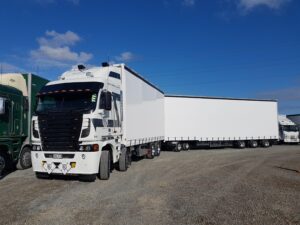
Four- and five-axle trucks have a twin-steer tandem axle set at the front. This enables the truck or tractor unit to carry more weight. Rather than only being able to legally support 6000kg, 7200kg or 7600kg, which is the rating…

New Zealand has a large number of roads that pass under bridges for roads, rail and pedestrians. The legal maximum height for a vehicle before a permit is required is 4.3m, and the majority of bridges fall into that category,…
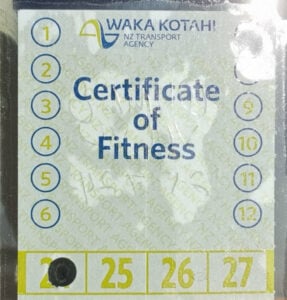
Heavy vehicles (trucks, heavy trailers and motorhomes over 3500kg), passenger service vehicles (taxis, shuttles and buses), and rental vehicles must have a certificate of fitness check (CoF) every six months. It’s like a warrant of fitness (WoF) for a commercial…
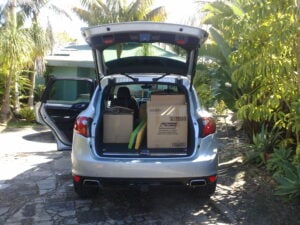
To save some money, you can move some or all of your furniture and belongings yourself if you don’t mind a bit of heavy lifting. Vehicle options: One time, when flatting, I moved house in a Porsche Cayenne that I…

From air suspension seats to marker lights, trucks have features that car drivers don’t get, and for very good reasons! Longevity You’ll be lucky to get a million kilometres out of your car before it becomes more expensive to fix…
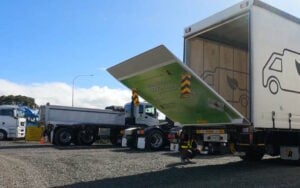
There are three main types of tail lift and each one has its advantages and disadvantages: Cantilever: the platform folds up using a tilt ram and forms all or part of the rear door Folding: the platform folds in half…
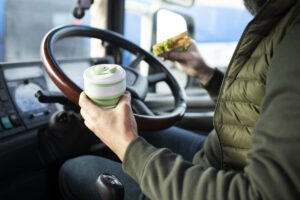
Food is your fuel. You wouldn’t put poor-quality fuel in your vehicle and expect it to run properly. The same applies to your body. Your food choices affect your thinking, your reactions, your energy and your alertness. This applies whether…
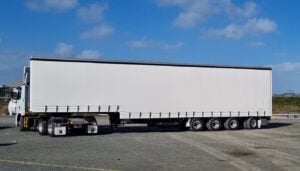
On some vehicles, the rear axle passively steers or self-steers. Advantages of a self-steering rear axle It improves the turning circle. The maximum turning circle for a vehicle in New Zealand is 25m from wall to wall (excluding collapsible mirrors),…
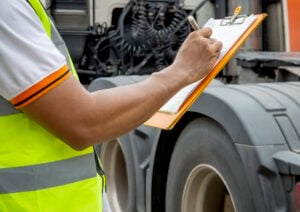
A certificate of fitness (CoF) is a periodic check to ensure that a vehicle meets the required roadworthiness standards on the day. Not keeping your vehicle at CoF standard means you could get a fine. A CoF is required for…
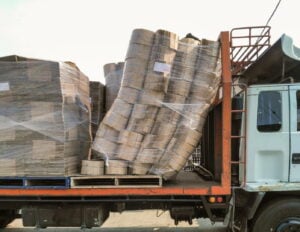
In 2022, over one million dollars of fines were doled out to drivers who did not comply with the Truck Loading Code or the Road Code as regards transporting a load which was securely restrained. Seven types of offences were…
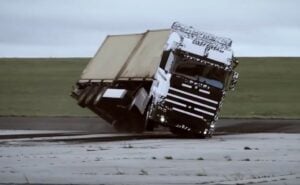
Truck and trailer rollovers are caused by combinations of: Too much speed into a corner Changing direction too quickly Turning too quickly Collapse of a bank Strong winds Tyre failure Live loads or insecure loads shifting Loads loaded with the…
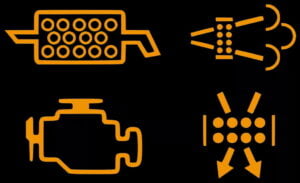
A diesel particulate diffuser, or DPD, is an emission control device used in diesel engines to reduce the amount of particulate matter (PM) emissions released into the atmosphere – they lower exhaust emissions. They’re also called DPF (diesel particulate filter).…